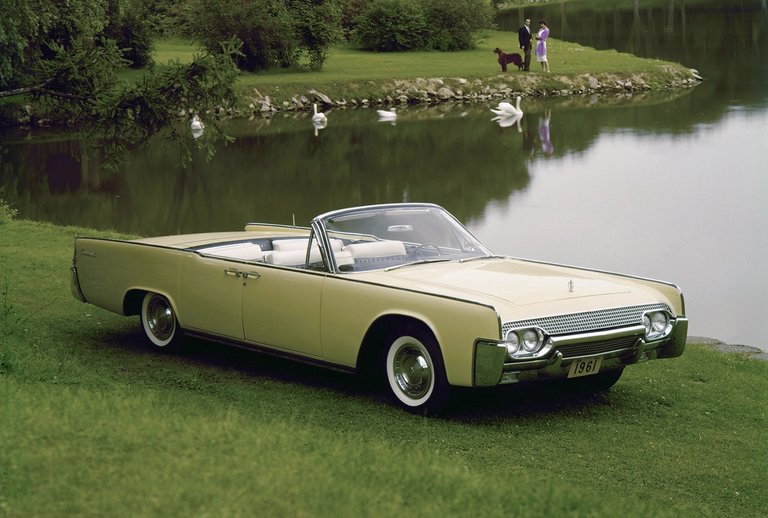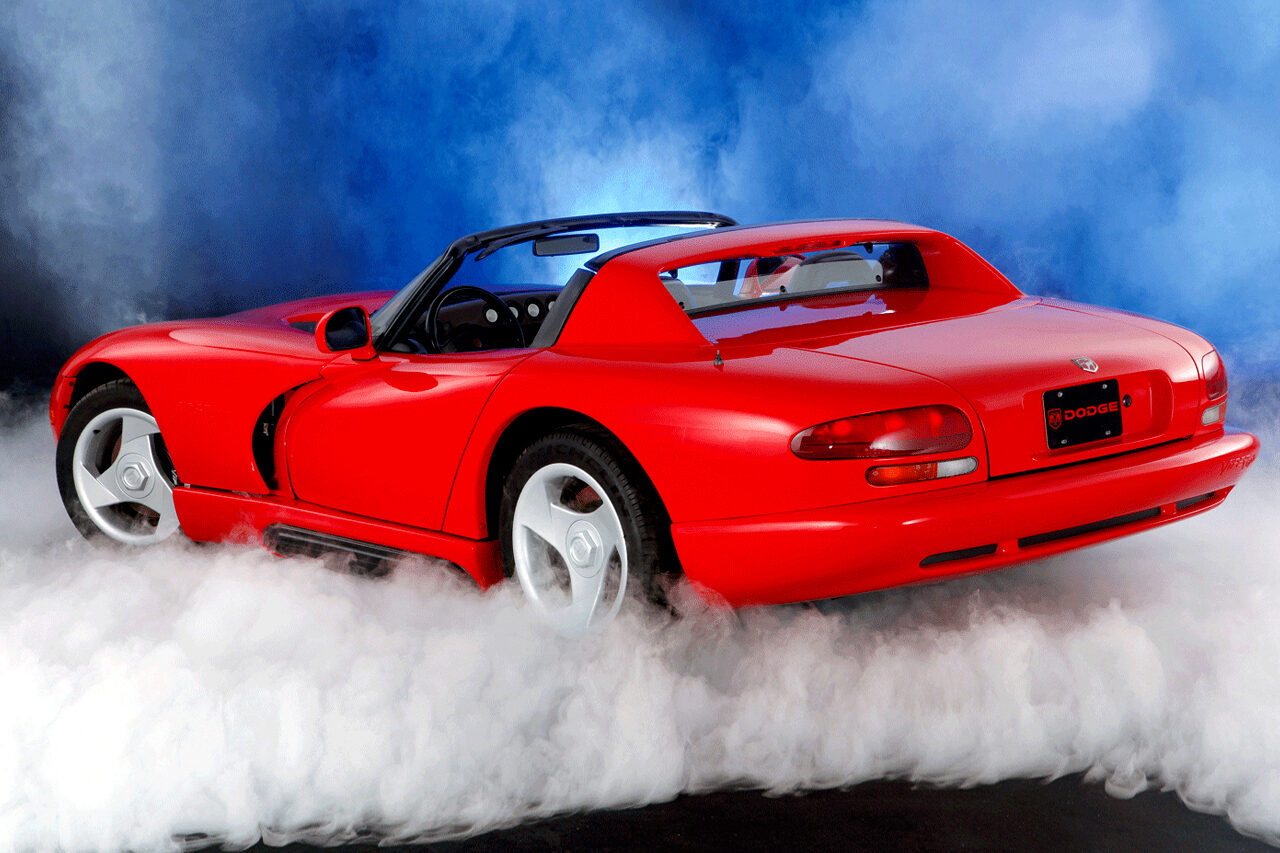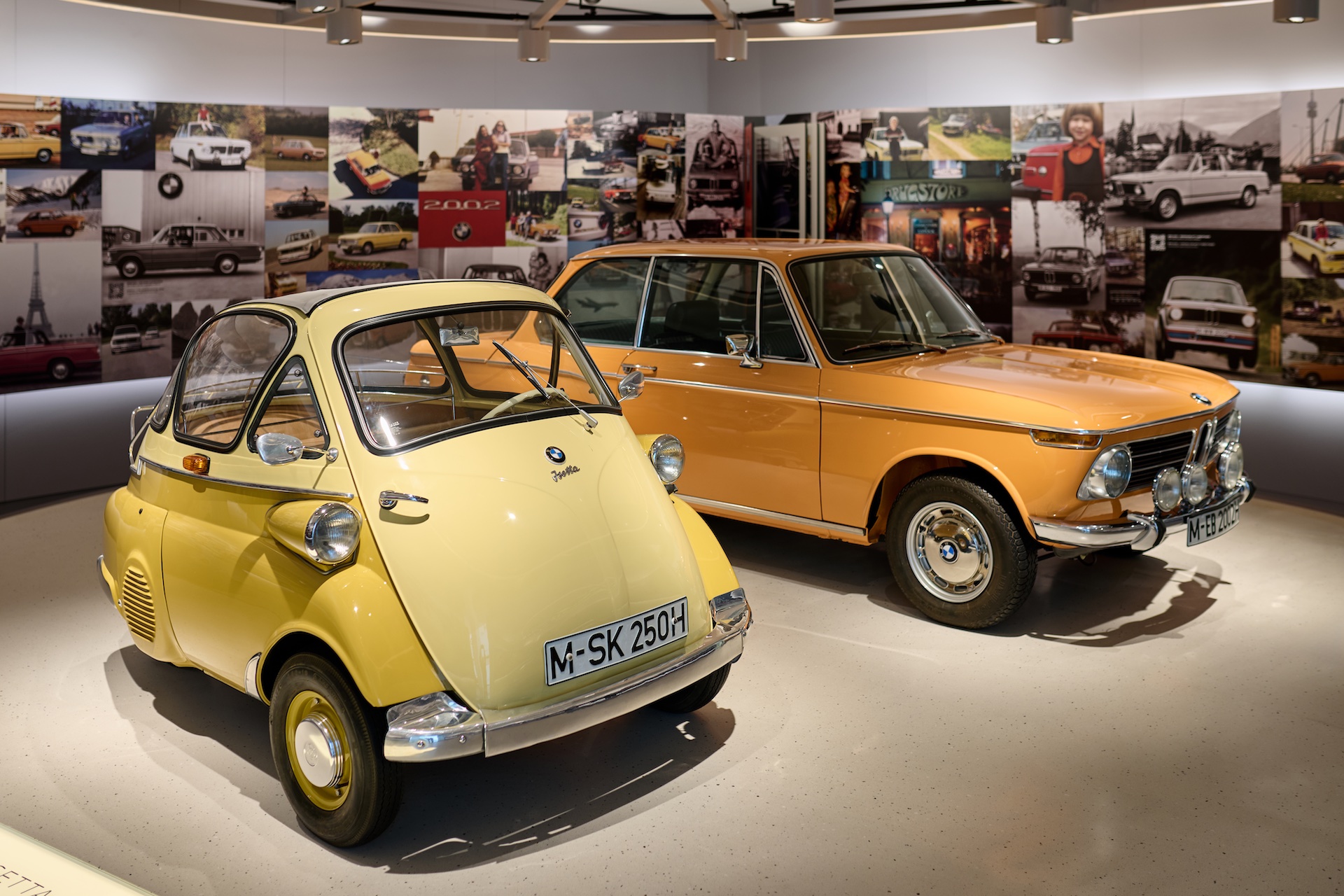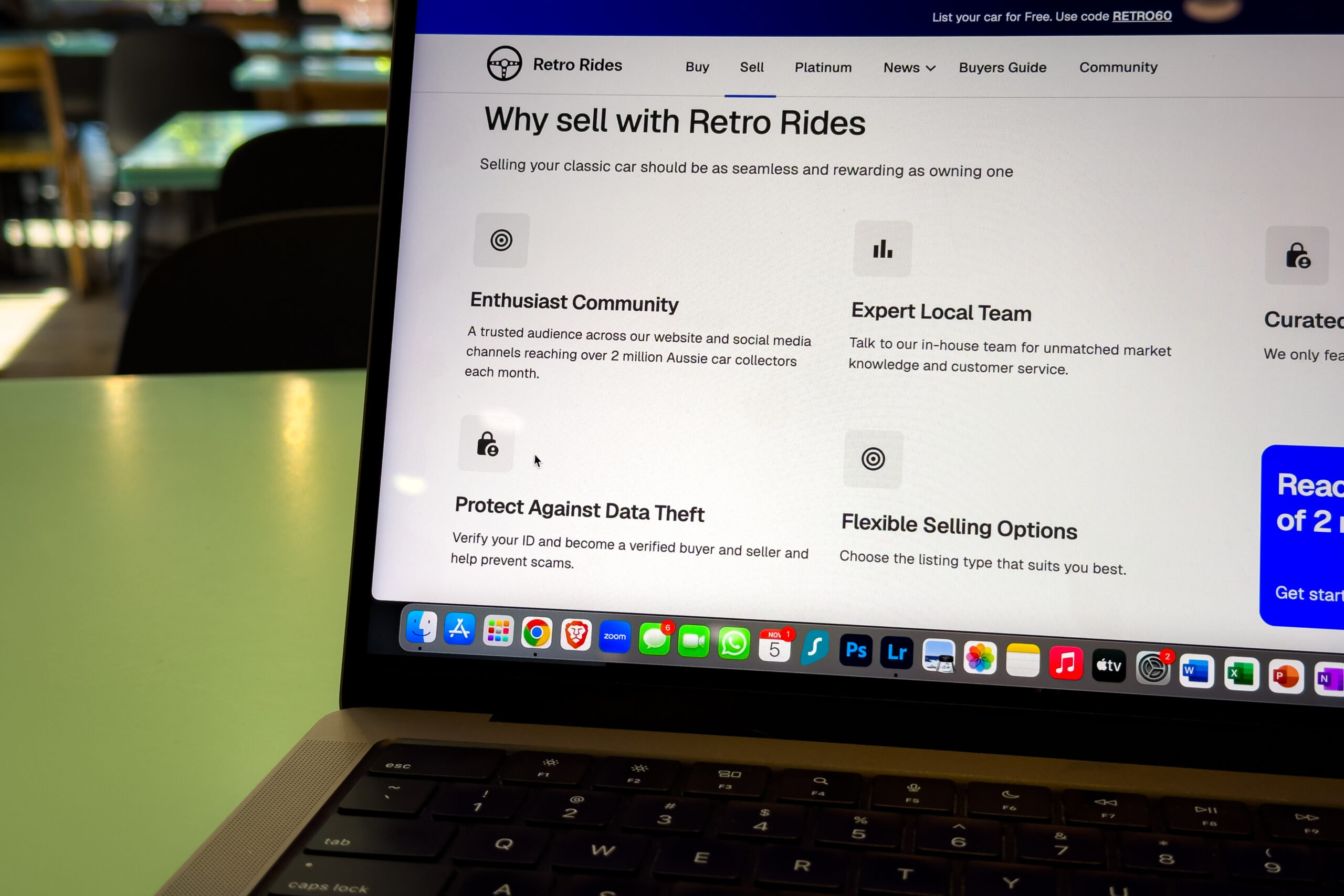The 1961 Continental was the first year of the fourth-generation model, best defined by its rear-hinged doors and unfortunate presidential legacy (Image: Lincoln)
With its trademark suicide doors and elegant slab-side body work, the 1961 Lincoln Continental was the pinnacle of the US automotive industry when released. Boasting a feast of luxury innovations, a mighty 7.0-litre V8 and an equally mighty 2300kg kerb weight, it set a benchmark for design elegance and innovation.
It’s easy to say that the 1961 Lincoln Continental is the most famous open-topped US presidential limousine in history; it belonged to the most famous, open-topped President. (Too soon?) Quite apart from the notoriety it found in Dealey Plaza, Dallas in 1963, there was plenty more to the car that set such a benchmark for design elegance and innovation that it would enjoy a nine-year production life with only minimal changes.
Lincoln had been formed in 1917 and was bought by Ford in 1922. The Continental nameplate originated in 1939, in a one-off limousine built for Edsel Ford. Continental evolved briefly into a one-model marque in the late-1950s, but Ford was haemorrhaging money on every one it built.
Back under the Lincoln brand, the fourth-generation Continental of 1961 was possibly the last throw of the dice. An all-new design had been penned by Elwood Engel, but not with a large, six-seat luxury sedan in mind. The successful design originated in Engel’s proposal for the 1961 Thunderbird.
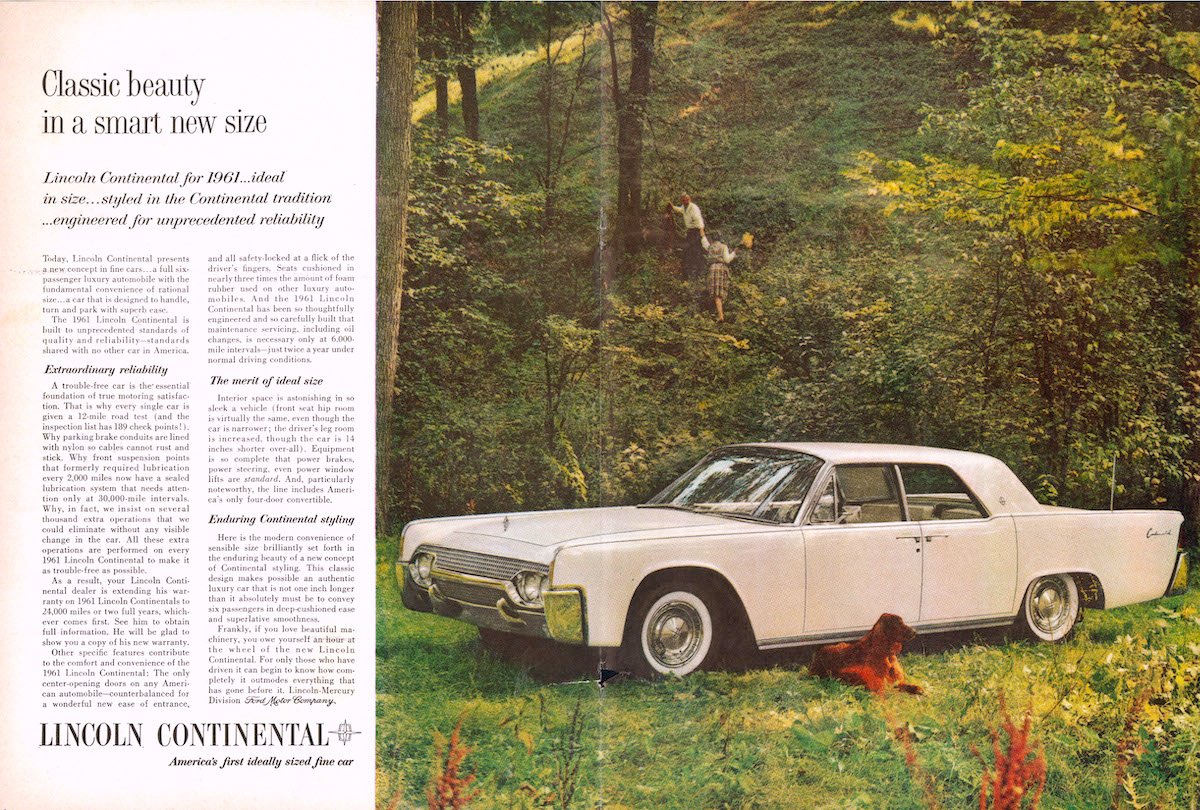
Although marketed as “ideal in size” and 14-inches shorter than its predecessor, at 5.4 metres, the ’61 Conti was still longer than most modern dual-cab utes (Image: Lincoln)
The ’61 Conti’s predecessor, the elaborately finned Mark III-V, was the largest unitary-bodied car Ford had ever built. The ’61 model was smaller, though its 5395mm long (on a 3124mm wheelbase) pillarless design still made its unitary chassis quite an achievement. Suspension was by front wishbones and coils, and a live axle rear with leaf springs.
The car’s clean and simple lines – influenced by several trips Engel made to Ford of Europe – suggested a lighter and more thoroughly modern car. It was offered as a four-door sedan and, uniquely at the time, a four-door convertible. Though elegant and refined, it came to be known as the ‘slabside’ Continental.
Engel left Ford in ’61 to head Chrysler design, where his star turns included the ’63 Chrysler Turbine Car and the 1968 Dodge Charger R/T (as driven by the bad guys in the 1968 American crime action thriller Bullitt, starring Steve McQueen). Meanwhile, new generations of fans have discovered Engel’s slabside Conti through films like The Matrix and brat-pack TV series Entourage.
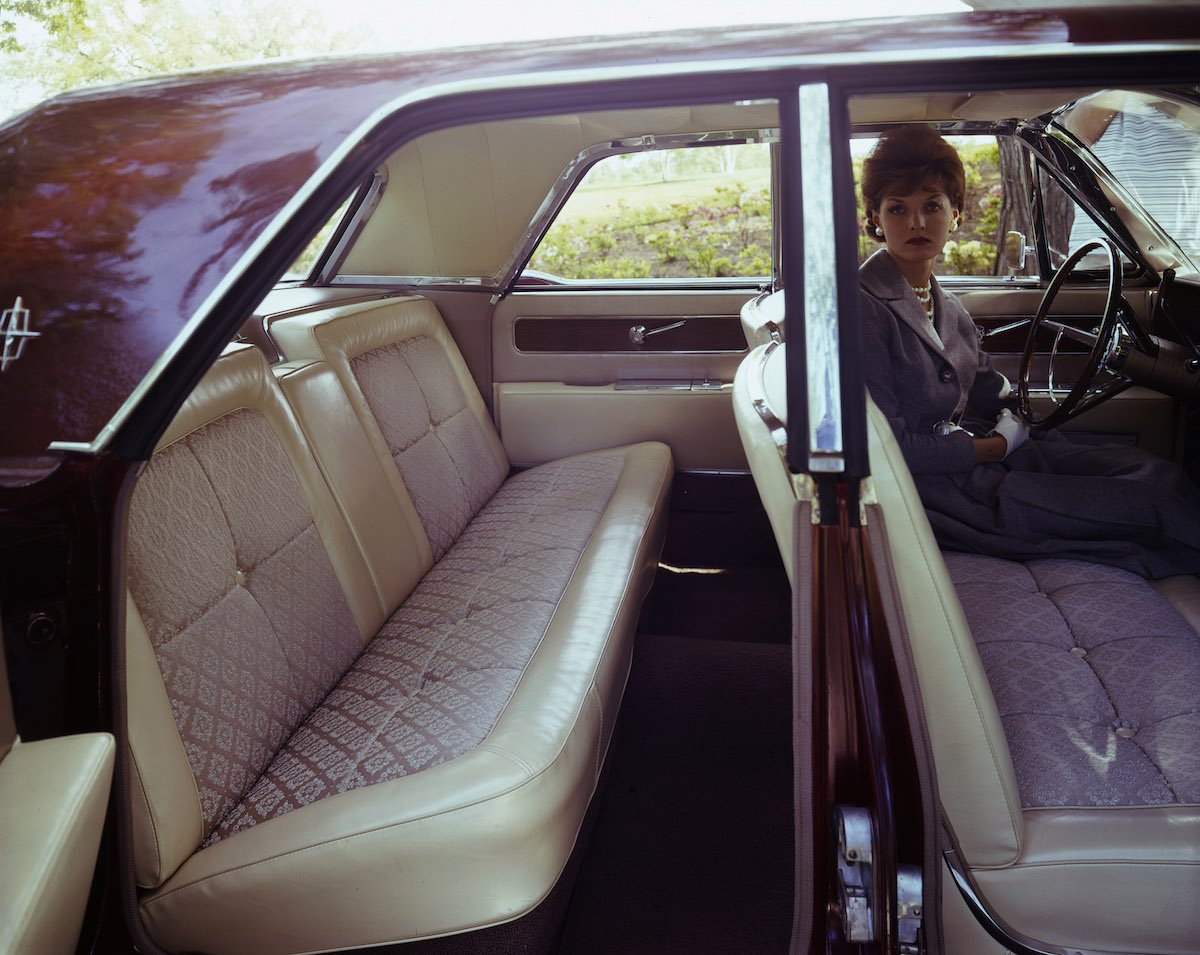
Despite being shorter and narrower than its predecessor, the fourth-gen model offered more legroom and easier rear seat access (Image: Lincoln)
Suicide doors were to become this car’s trademark and, as with Mercedes’ ‘gullwing’ doors, they were adopted as a legitimate engineering solution, albeit with a nod to traditional coachbuilding. Indeed, while Ford bosses remained firmly focused on Lincoln’s balance sheet, all were committed to the highest standards of craftsmanship.
Power for the 2.3-tonne Continental came from the MEL (Mercury-Edsel-Lincoln) 7.0-litre V8, a luxury-lugger that was also optional on top-spec Thunderbirds from 1958-’60. It made 238kW at 4100rpm and 630Nm at 2000rpm, which didn’t appear to be good value out of 20 litres per 100km. Zero to 100km/h took around 11 seconds, and top speed was around 185km/h.
Every engine was tested at 3500rpm for three hours, then stripped down and rebuilt. The suspension was acclaimed as the finest riding of any car, anywhere.
The convertible roof used 11 relays and featured sealed-for-life electrics. Around 10 per cent of this Continental generation were convertibles.
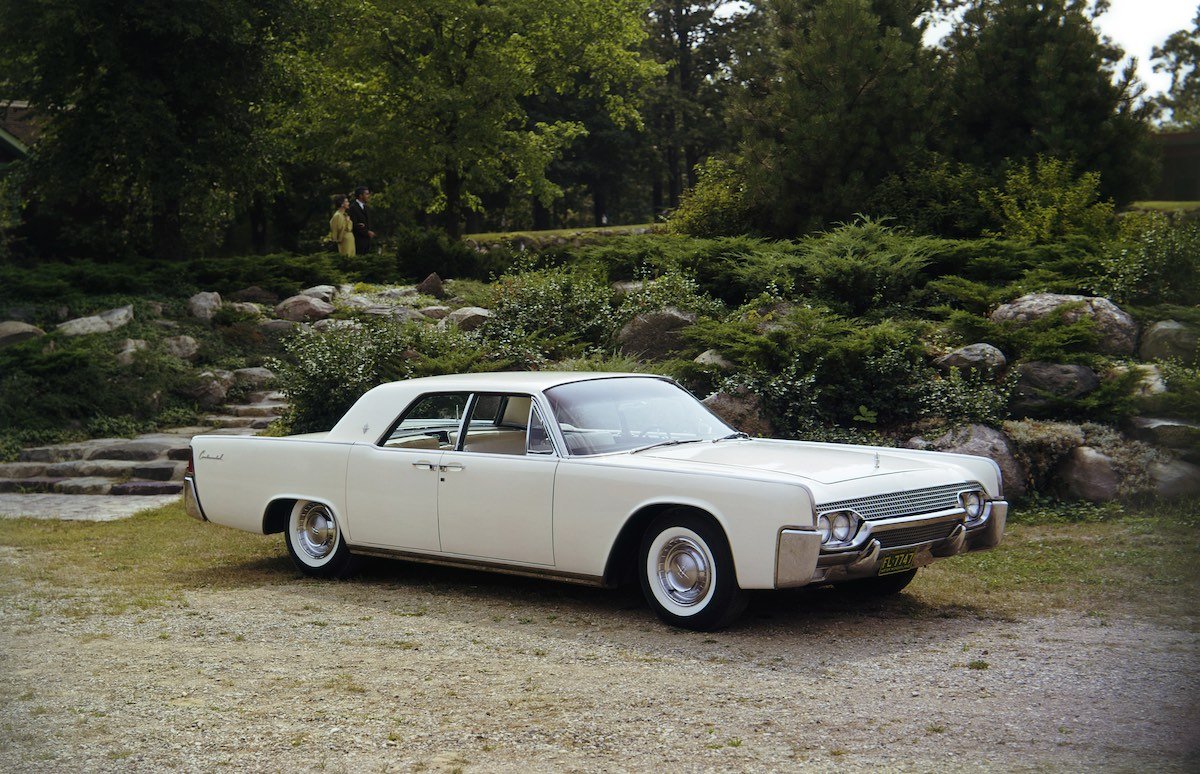
From 1961-65, the Continental was only available as a four-door sedan or convertible, with the two-door returning for the longer-bodied 1966 refresh (Image: Lincoln)
This pinnacle product of the US automotive industry was a feast of luxury innovations. Along with air-conditioning and power windows came cruise-control, vacuum-powered central locking, hydraulic windscreen wipers, six-way adjustable seats, walnut trim and plush carpets.
The most famous Continental of them all, John F. Kennedy’s presidential limousine X-100, was a ’61 with a ’62 grille and a 965mm stretch, bodied by Hess & Eisenhardt. It was equipped with middle-row seats, radio telephones, interior floodlights and a hydraulic, raising rear seat.
The X-100 wasn’t armoured in 1963; indeed, it offered a variety of removable roof options, including transparent plastic, to better show off the head of state. As the world was to witness, that head could have done with a bit more protection than the Continental’s unrivalled two-year, 24,000-mile warranty.
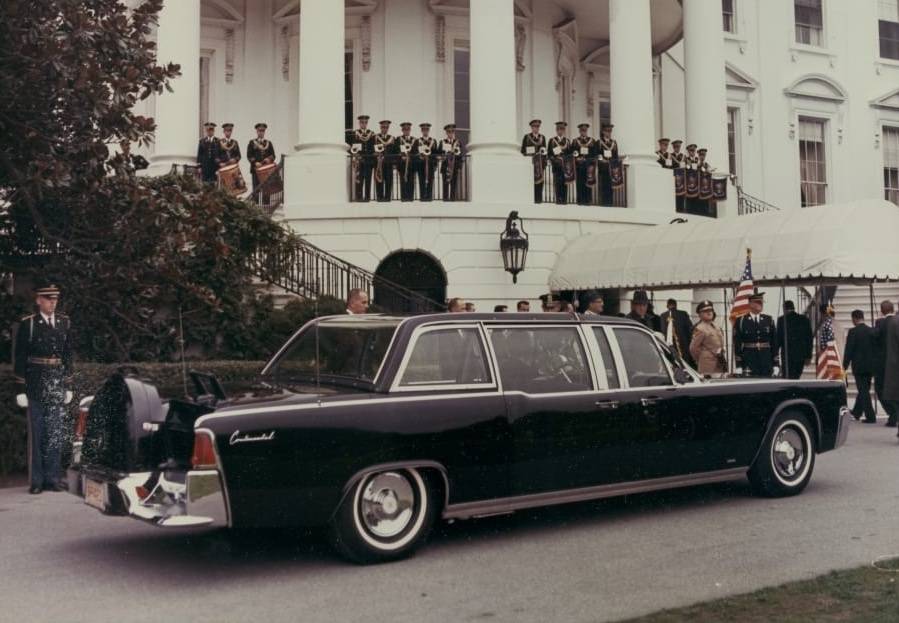
Despite its role in history, X-100, pictured here in 1964, was rather shockingly rebuilt and reinforced in a project dubbed ‘Quick Fix’ to remain in use as a parade vehicle until 1977 (Image: The Henry Ford Collection)

